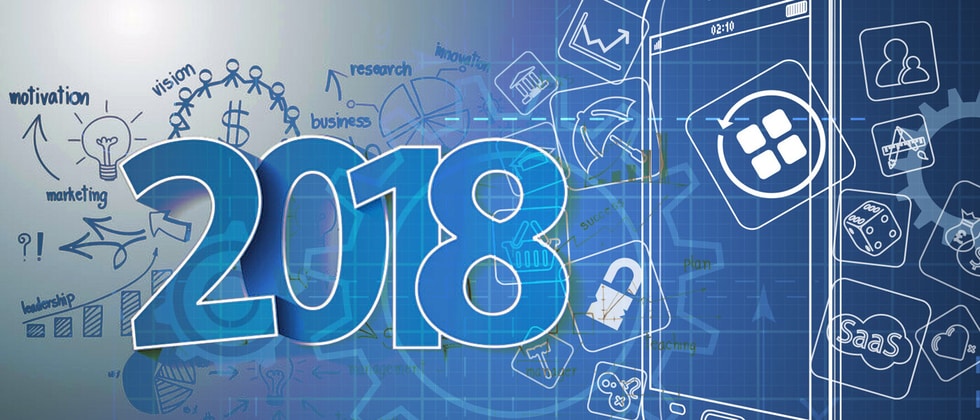The ed-tech industry has witnessed tremendous growth in the past couple of years. With the advent of the pandemic, remote learning became a necessity, and the value of the ed-tech industry increased exponentially. According to an industry report, the ed-tech industry was valued at USD 106.46 billion in 2021 and is expected to compound at a rate of 16.5% (CAGR) from 2022 to 2030.
From these numbers, it is evident that the number of Ed-tech companies is only going to increase in the future. To keep up with the rising demand, Ed-tech enterprises are increasingly shifting towards adopting new technologies to gain and maintain a competitive edge.
One such technology that is transforming the e-learning experience is augmented reality, or AR. It is becoming more popular as a way to make learning more engaging and interactive. According to a report, the implementation of augmented reality in e-learning is expected to reach a value of US$5.3 billion by 2023.
In this blog post, we’ll look at what AR is and how it is changing the learning experience. We’ll also discuss some use cases of AR in e-learning.
What is Augmented Reality?
Augmented reality is a technology that superimposes digital elements or content in the real world. This means it allows you to view the world around you with computer-generated images overlaid on top.
The technology enhances your existing surroundings with digital content without the need for any additional external device. This is different from virtual reality (VR), which completely immerses you in a digitally created environment with the help of a device called VR glasses.
The technology enhances your existing surroundings with digital content without the need for any additional external device. This is different from virtual reality (VR), which completely immerses you in a digitally created environment with the help of a device called VR glasses.
How is AR Revolutionizing the Learning Experience?
Here are some of the transformational benefits of AR in e-learning:
-
Offers a Better Understanding of the Concepts & Information Retention
Many studies have shown that teaching with AR technology is more effective than teaching from textbooks or videos. This is because AR adds information to the learners’ surroundings – making lessons more visual-driven, thereby enhancing the probability of retaining for a longer period.
-
Improves Engagement
AR offers more engagement by making learning more interactive and immersive. This motivates the learners to repeat their AR learning experience. It is also utilized to gamify lessons, which can encourage reluctant learners to get excited about learning.
-
Enhanced Online Training
The technology can be used to create AR-enhanced online training modules. Learners can get practical demonstrations as AR simulations can allow them to experiment with AR objects. This can help organizations or institutions provide remote training more effectively and efficiently. AR training simulators are also used for creating digital prototypes of products, which allows trainees to get used to the process and reduces errors when they are physically performing the task.
-
Reduced Cognitive Load
AR is used to reduce the cognitive load required to understand abstract concepts by providing learners with information in a more digestible format.
-
Save Resources
The technology can save resources by reducing the need for physical materials. AR simulations can also replace the need for expensive equipment or trips to real-world locations.
-
Assess Learners’ Progress
AR can assess learners’ progress and identify areas where they need improvement. This assessment can be in the form of AR tests, AR quizzes, or AR simulations.
Use Cases of AR in e-Learning
Here are real-life examples of how some organizations are leveraging AR to enhance their learning experience:
-
Augmented Reality for Medical Education
An Australian University uses an AR-based application to teach their medical students cardiology. The app is used to create a 3D model of the heart’s electrical activity and to remotely demonstrate the procedure of ECG.
-
Augmented Reality for Combining Coloring Activities with Learning
An ed-tech company created applications for children where they can color any diagram and map. Once the children are done coloring, the AR app then brings their painting to life and also, at the same time, imparts knowledge about the topic.
-
Learning Language with AR
A London-based ed-tech company uses AR for teaching foreign languages. The app places 3D images of objects in the real world. These objects are labeled with the word for that object in the target language. For example, if you’re trying to learn Spanish, you might see a picture of a chair labeled with the word “Silla.”
Conclusion
Augmented reality is making learning more interactive, engaging, effective, and accessible. It can be used in a number of different ways to improve the e-Learning experience. As the technology continues to evolve, we expect to see even more innovative and impactful uses for AR in e-Learning.
While AR technology does come with countless benefits, implementing it can be a complicated task.
You can collaborate with Mindfire Solutions to simplify the development process and reduce your workload. At Mindfire Solutions, we have over 2-decades of experience developing innovative e-learning solutions by leveraging cutting-edge technologies that can engage and educate learners.
Contact Mindfire Solutions to implement AR in your e-learning services.


